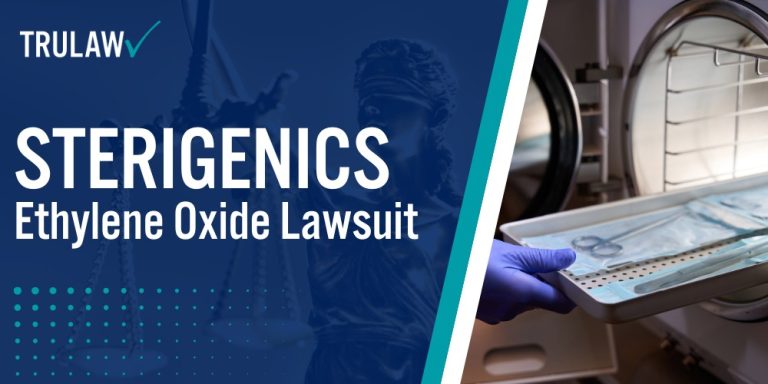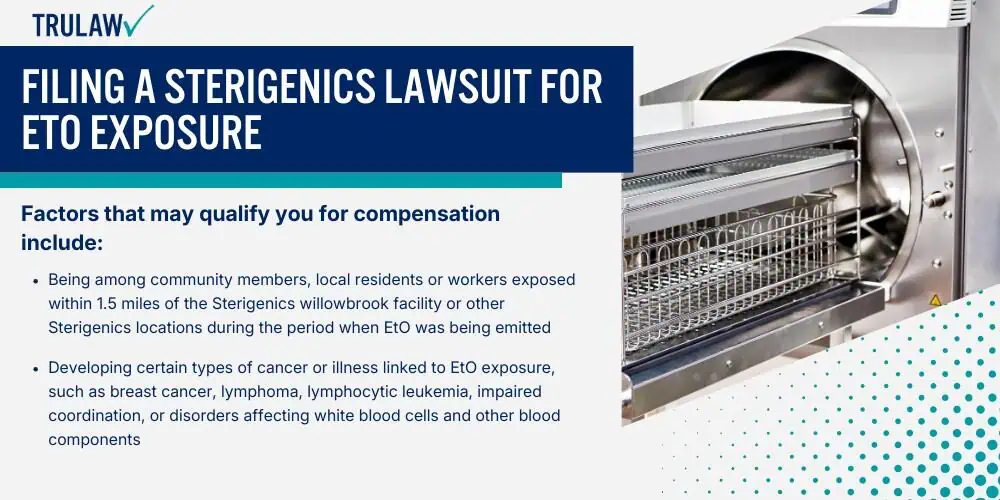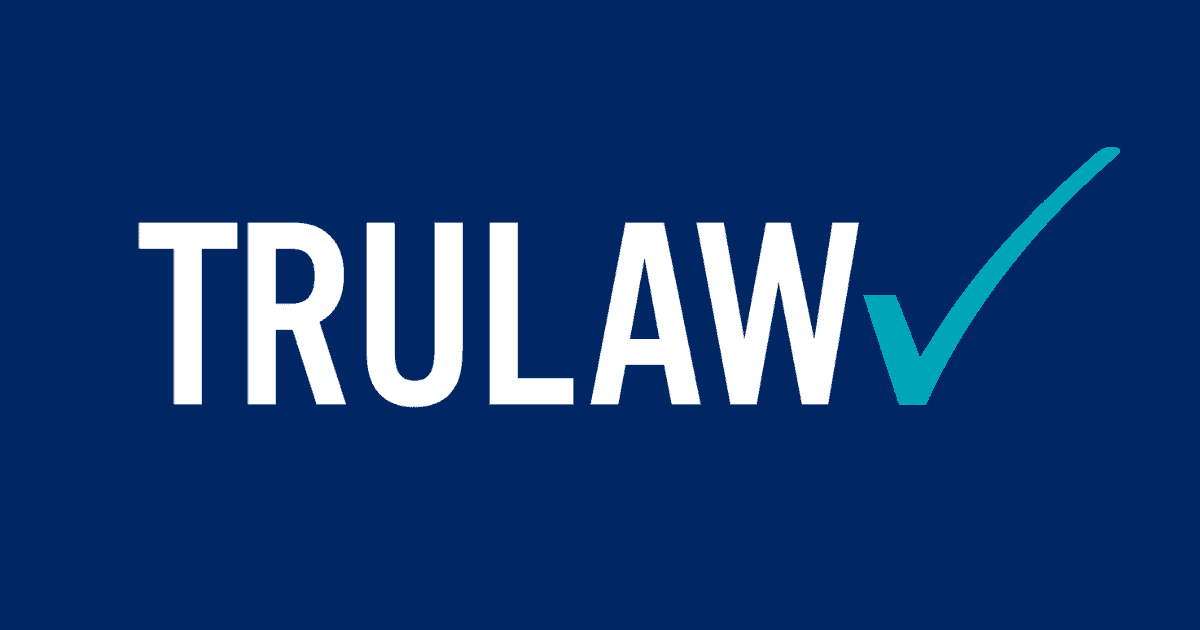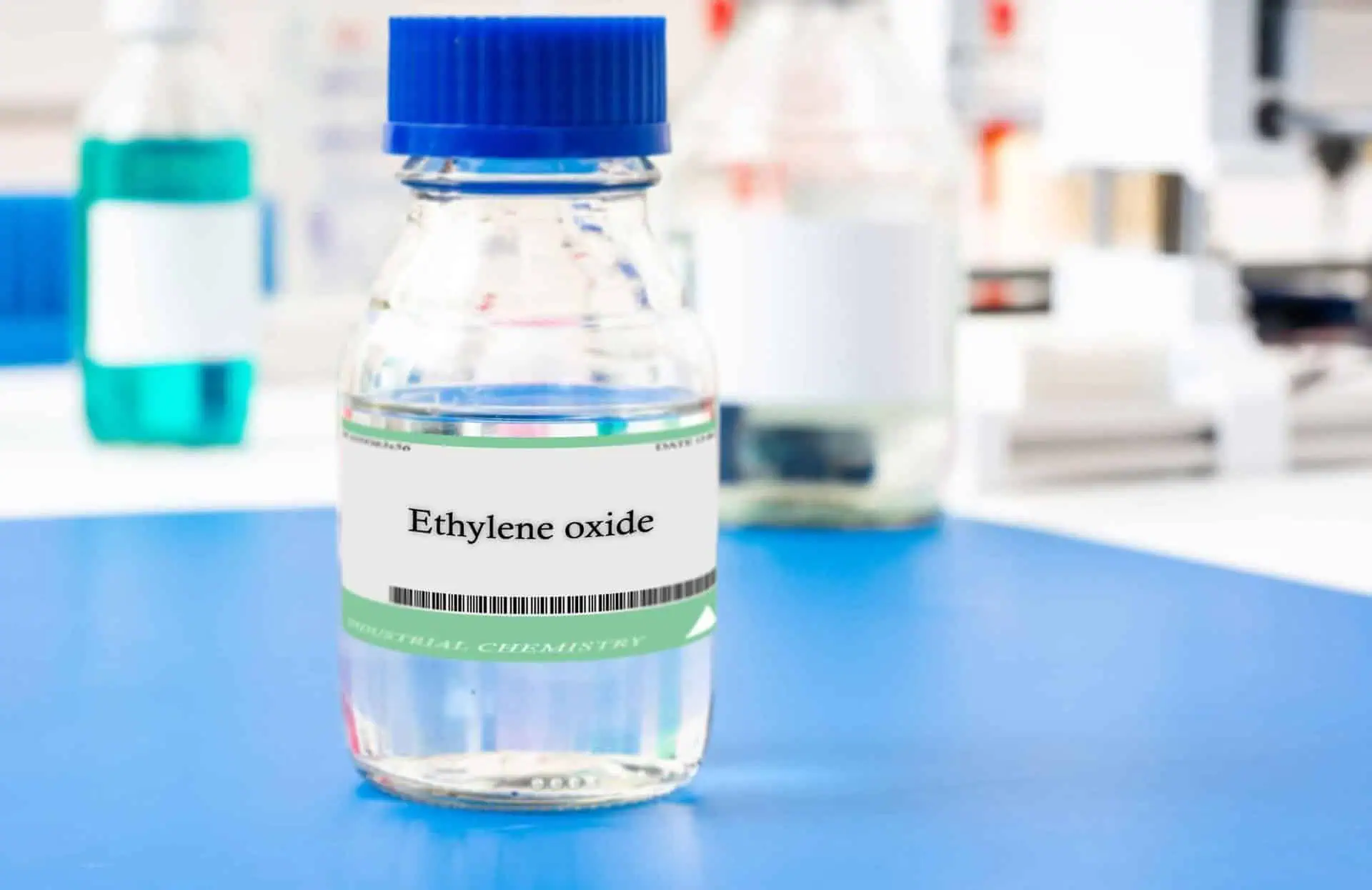Medical equipment sterilization serves as a key process in healthcare to prevent infections and avoid potential safety hazard issues for patients.
Companies use ethylene oxide (EtO) in commercial sterilization facilities to produce sterile medical devices and surgical kits on a massive scale, with approximately 20 billion devices sterilized using this method annually.
This gas functions as a sterilizing agent that plays an important role in making sure medical tools and equipment remain free from harmful microorganisms when used in procedures and treatments.
Regulatory Oversight of Ethylene Oxide Emissions
Government agencies and health administration authorities closely monitor and regulate ethylene oxide use due to occupational safety, human health and environmental concerns.
The Environmental Protection Agency (EPA) serves as the primary regulator of EtO emissions from sterilization plants through federal regulations in the United States.
The EPA has recently strengthened its rules regarding ethylene oxide, classified as a human carcinogen, issuing a final rule that aims to reduce emissions from commercial sterilizers by more than 90%.
These regulations fall under Section 112 of the Clean Air Act, which requires the agency to review and update emissions standards for hazardous air pollutants every eight years.
The FDA also works alongside the EPA to balance the need for effective medical device sterilization performed by medical sterilization companies with minimizing potential health risks from ethylene oxide exposure while maintaining standards for FDA approval of sterilization methods.





